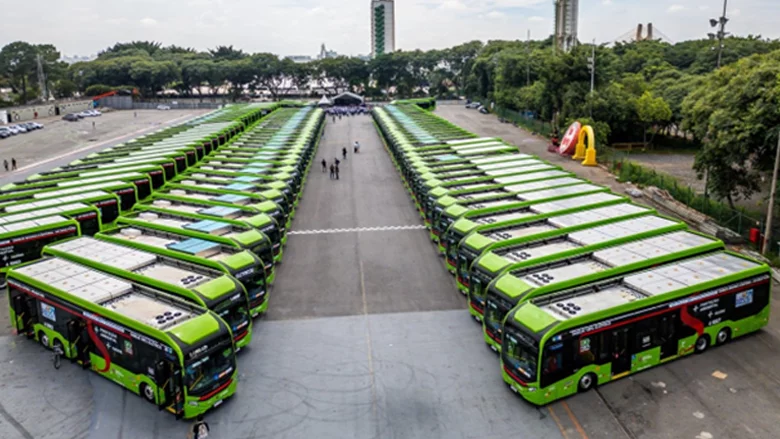Opinion Pieces: since 2007, Prof. David Hensher has written an opinion column in the Australasian Bus and Coach magazine, where he monthly discusses a lot of different transport-related hot topics. In this section we are revisiting these columns.
September 2008
Passengers are individuals, so let’s seek out those who seriously might switch to public transport and stop trying to sell generic policies that are ignored by most
As populations age and remain healthier well into their senior years, the standard socioeconomic descriptors (i.e., age, income, car ownership, stage in lifecycle, occupation) that have evolved as stereotypes for public transport use begin to fail. It is commonly asserted that elderly* residents are prime candidates for public transport use, described as short on money and long on time and hence captive to public transport. Thus low fares go with long meandering routes with relatively low frequencies. Increasingly, however, elderly residents fail the stereotypical test. Many are relatively wealthy, have a driving licence and a car, lead active lives and are short on time**. Speed and comfort may be more important than low fares.
An alternative segmentation may be best defined by service perceptions and attitudes. Lieberman et al (2001) proposed a very interesting grouping based on the need for flexibility, speed and personal safety. They proposed six classes of individuals in terms of their travel requirements and expectations (see Figure 1):
- Road runner: high need for flexibility and speed and high sensitivity to their personal travel experience.
- Cautious runabout: high need for flexibility and speed but moderate sensitivity to their personal travel experience, distinguished from intrepid trekkers by their lesser concern for personal safety.
- Intrepid trekkers: high need for flexibility and speed but moderate sensitivity to their personal travel experience, distinguished from cautious runabout by their greater concern for personal safety.
- Flexible flyers: high need for flexibility and speed but low sensitivity to their personal travel experience.
- Conventional cruisers: low need for flexibility and speed but high sensitivity to their personal travel experience.
- Easy goers: low need for flexibility and speed and low sensitivity to their personal travel experience.

These segments mapped to socio-economic and demographic descriptors are likely to provide a more useful basis for seeking out potential patronage for public transport. The presumption that this classification can be ‘explained’ by age and income is likely to be false. In particular this classification process can materially assist the ‘search’ for high eligibility candidates for switching to public transport under individualised marketing programs to which we now turn.
Lieberman, W., Schumacher, D., Hoffman, A and Wornum, C. (2001) Creating a new century of transit opportunity: strategic planning for transit, Transportation Research Record 1747, 60-67.
Food for thought
* Strictly speaking the Australian official definition of an elderly person is someone over the age of 85. The age range 55-85 is referred to as ‘seniors’.
** They also have a strong preference for car use.
¿Comments? ¿Opinions? ¿Similar News? Send them to us!












